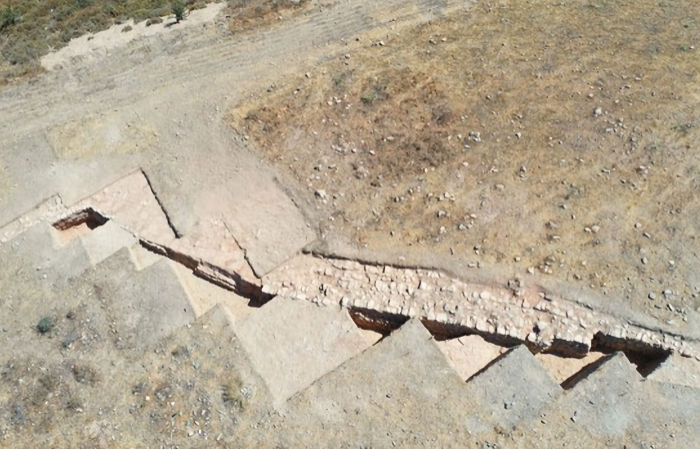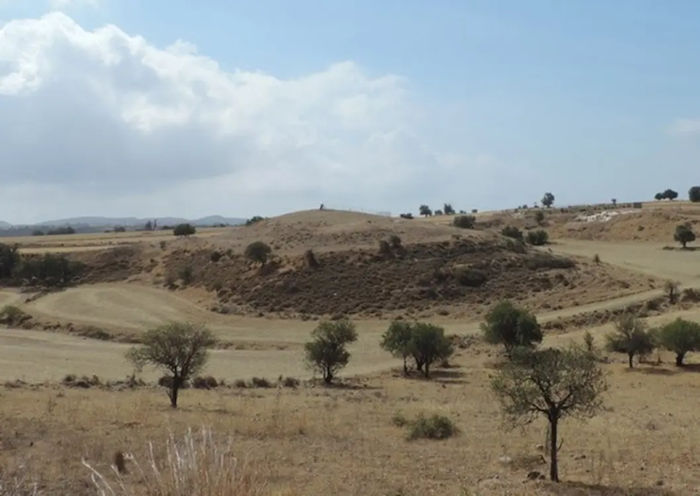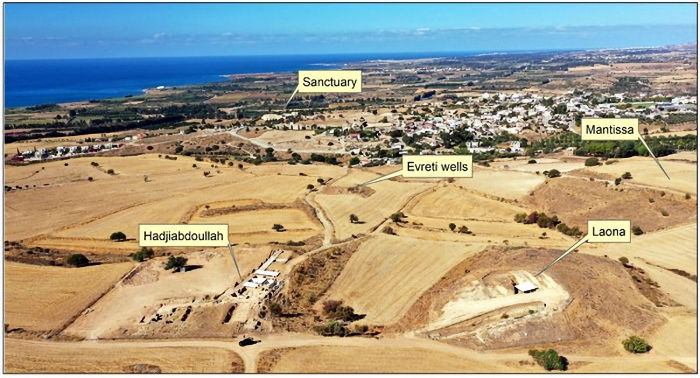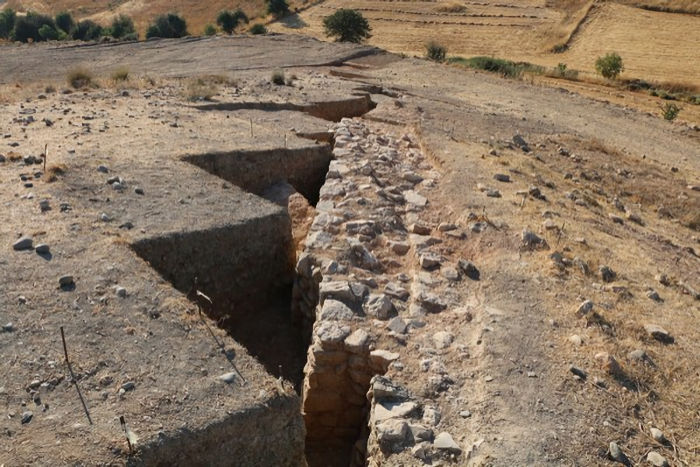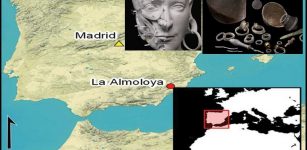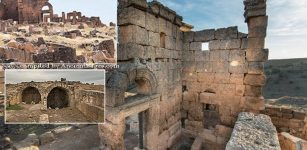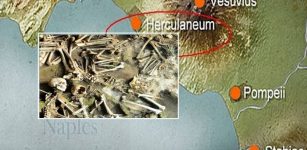Hidden Mega-Monument Discovered At Laona, An Ancient Burial Mound In Cyprus
Jan Bartek – MessageToEagle.com – While excavating at the mysterious, ancient burial mound Laona in Cyprus, archaeologists discovered something quite extraordinary. The researchers say there is a mega-monument hidden at the mound.
The study was carried out by scientists from the University of Cyprus, the Cyprus University of Technology, and Siena’s University for Foreigners.
Credit: Press and Information Office, Ministry of Interior, Republic of Cyprus
Tumuli of monumental dimensions, such as the grand Macedonian tumuli, were until recently almost unknown in Cyprus. In 2011, the hillock of Laona, one km to the NE of the sanctuary of Aphrodite in Palaepaphos-Kouklia, was identified as an artificial mound. Its dimensions are considerably greater than the Salamis tumulus raised over the so-called “cenotaph of Nikokreon.”
Over the last decade, the mound became the subject of specialized studies by PULP; it is gradually being excavated and documented digitally. The first unexpected discovery that surprised the archaeological team was the revelation of an earlier monument, a Cypro-Classical rampart, on top of which the mound was erected, most probably at the end of the 4th c. or early in the 3rd c. B.C.
The mound of Laona. North side before the 2022 excavation. Credit: Cyprus Mail
Besides exposing the east side of the rampart and its two facing staircases (FIG.5-6), the field team proceeded to dig vertical cuts into the mound that were essential for the geoarchaeological study of the earth materials employed in the construction of the stimulus. The science team has confirmed that the tumulus of Laona is an accomplished architectural structure built by experienced engineers to become a lasting mega-monument in the landscape.
The 2022 field team was surprised when the rampart instead of turning to the west under the mound’s summit, was found crossing over to the north side with its wall follows a descending north-west course, which is “in an excellent state of preservation.
Credit: Press and Information Office, Ministry of Interior, Republic of Cyprus
“Together with the east section, the total length of “this rare defensive monument” is currently 160 meters, and its internal area is at least 1,740 square meters. The width of the rampart is 5 meters, and it is built with stacks of mold-made mudbricks placed between parallel walls of unworked stones,” the Cyprus Mail reports.
According to the press statement, “sections of the use layer (floor) of the rampart, that were exposed near the foundations of the wall, show that the bedrock had been levelled; a thick layer of river pebbles was placed on top of it and on top of that a layer of red soil, which is full of sherds. The red soil is currently being analyzed to determine whether it has the same consistency as the mudbricks.
Credit: Press and Information Office, Ministry of Interior, Republic of Cyprus
A third staircase, less well-preserved than the two staircases on the east wall, was discovered on the highest surviving sector of the rampart. The steps are made of mudbricks, but for reasons of security, their excavation was discontinued after the first five steps were exposed. Granted that the foundation trench of the wall in the NW corner is 104,75m. asl., the surviving height of the rampart by the northern staircase (112, 95m.asl.) is 8m.
Credit: Press and Information Office, Ministry of Interior, Republic of Cyprus
It is, therefore, extremely dangerous to try to expose it. The security of the team members and the preservation of the wall and the staircase are a priority. The strata of the tumulus that continue to encapsulate the staircase cannot be removed unless a consolidation and preservation project has been approved in advance.
Laona combines two monuments that are so far unique in the archaeology of Cyprus. The royal dynasty that ruled Paphos to the end of the 4th c. BC is credited for the rampart construction, which is chronologically and functionally related to the palatial and workshop complexes on the citadel of Hadjiabdoulla, only 70m. to the south of Laona.
See also: More Archaeology News
The rare and mysterious tumulus, which until recently concealed the existence of the rampart, is a mega-monument whose construction would have required the mobilization of a huge and experienced workforce under the guidance of expert engineers. From now on, the main goal of the Laona project is to show that Laona is a burial tumulus; also to identify the political agent behind its construction.
Written by Jan Bartek – MessageToEagle.com – AncientPages.com Staff Writer

